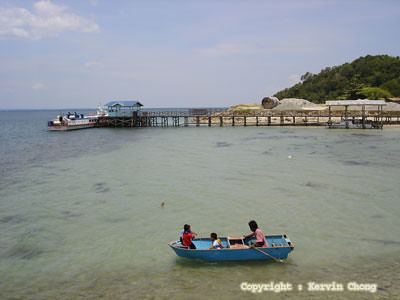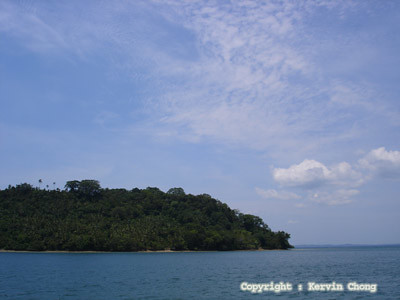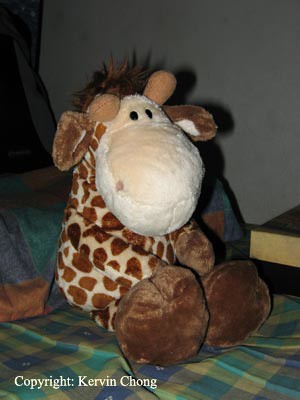We are one big Malaysian family
It’s is always a cliché to portray Malaysia as being only composed of the three main races; the Malays, the Chinese and the Indians. When we are in fact made of out a tapestry of so varied a race that we may never see all of it within a single lifetime. Malaysia is populated by many, some famous and others forgotten or whose existence is not even known to a majority of people in the big city. By far Sabah and Sarawak itself boasts a wide variety of ethnic communities to boggle the mind alone. The Star's article published last Sunday brings to mind and make known this very important aspect. The article began articulating on the Bonggi people, a name I’m fairly aware of due to my many travels to Pulau Banggi where they mostly reside, yet in fact I have not actually met any of them before.
Why is this so? Many of the obscure people often live in places inaccessible to most, the Bonggi is a seafaring people whose main occupation is fishing and gathering jungle produce, all subsistence of course. The island of Banggi can be astounding to many that are not aware about it’s existence, it is larger than Singapore and sits at the northern tip of Sabah. There are few roads, making sea travel the main means of getting around. The town of Karakit has some modicum of modern civilization, several government offices, a clinic, ferry services to the mainland, electricity half the day and minor business activities. For those living on other lesser developed parts of the island, no such amenities exist. Theirs is a world not quite in the mainstream where the people are not in a hurry to go anywhere and their world mostly consists of their kampong, many know no other living. Though many of the younger generation are wandering out into the world and joining the society, many of the elder generations still prefer their lifestyle. Some have never ventured away from their village, others are more fortunate to step onto the mainland and see Kudat, and Peninsular Malaysia might as well be another world to them.
View of one of the islands fronting Kampung Karakit.
Truly it is like another world here on the island, it is immense traveling by dual engine motorboat still takes 2 hours to reach one end to the other. Time isn't too important, the day's rythm flows by and is measured by the beating pulse of the generator sputtering to life in the evening for 12 hours of power. Another unique feature of the place is its close proximity to the Philippines with only a few hours travel by boat to reach Balabac and Tawi-tawi. Thus borders are a bit amorphous, people do go across it time and time again making a blending of population, many on the island has no ic more so are not even citizens of Malaysia. Navy patrols are frequent and permanent stations of the army are present year round since smuggling is a main problem here, especially for cigarettes and syabu. But the modern world is encroaching into it, already modern stone housing is sprouting in several interior villages replacing the normal wood and iron sheet kampung houses that is the norm and plans are underway for improved roadworks to connect the island, Felcra is actively seeking opportunities to plant palm oil on the island and if a proposed Tun Mustapha Marine Park is finalized tourists will flock to this once remote island. We cannot deny to forstall development to the locals but to me it should not be imposed too forcefully and too radical a change in too short a time.
It’s great that the Star is highlighting such aspects of Malaysian life and I look forward to their next edition.





No comments:
Post a Comment